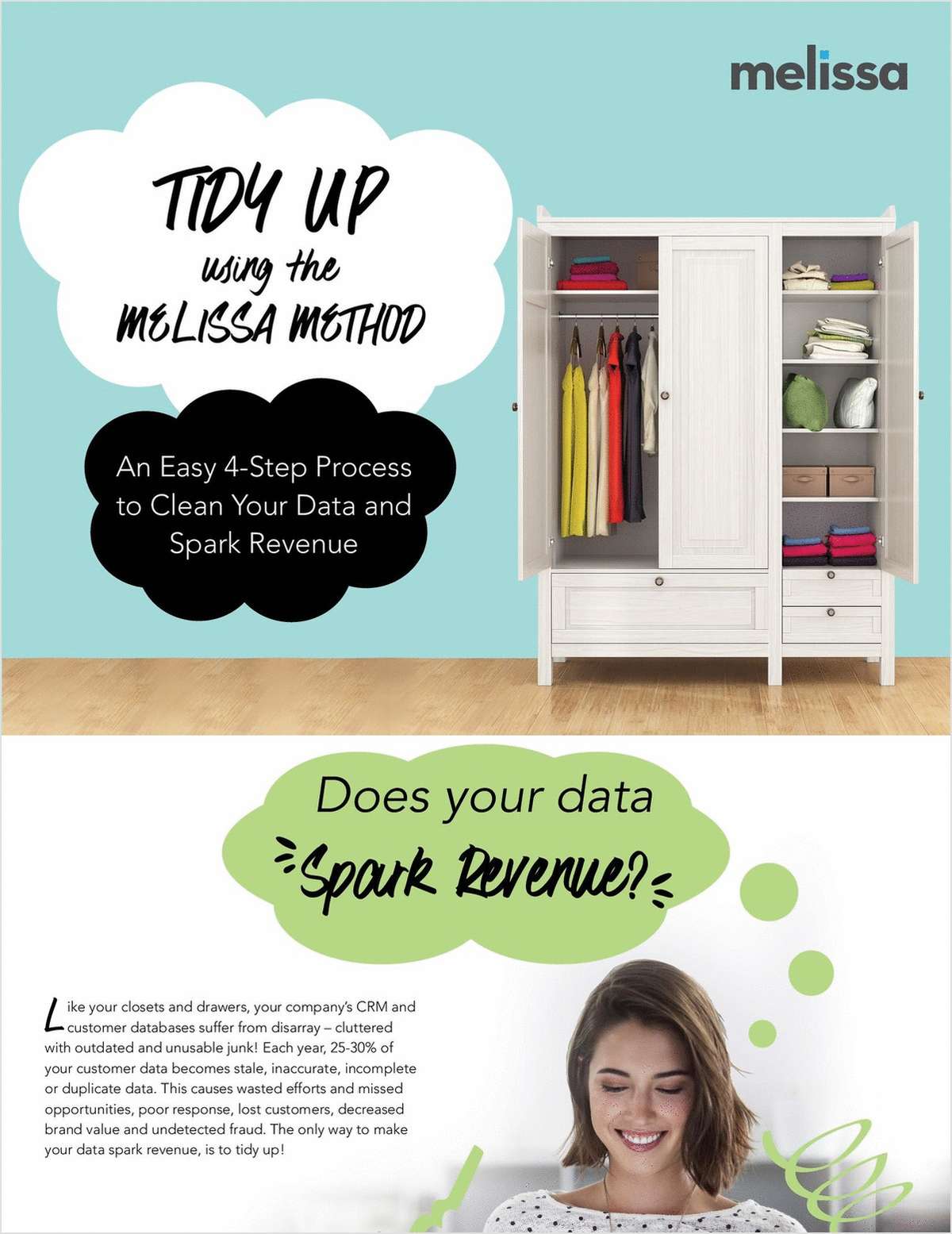At the recent ISOTech conference New Orleans, I chaired a panelof experts that asked, and tried to answer, an increasinglycritical question for insurers: "Mainframes: Keep Them or DumpThem?"
|For years, it seems, many of us in the tech community have beentelling insurers to retire the big iron (their crusty old mainframecomputers) and move to some form of server-based computing.
|On the surface, such a move makes sense, in terms of betterinteraction with the Web and Web applications, as well as cuttingdown the number of data "silos" that make dealing with the hugeamounts of data in insurance systems such a difficultundertaking.
|In fact, most of us experts believe insurers can gain somemeasure of competitive advantage, not to mention internalefficiency, by ripping out the old systems and replacing them withnew ones.
|On the other hand, some estimates say that up to 50 percent ofcarriers are still running significant portions of their businesseson mainframes that have been patched and updated for up to 30years. (According to panelist Donald Light of Boston-based Celent,some 60 percent to 70 percent of current insurance systems arestill written in legacy code.)
|Ironically, those who would continue to utilize their legacysystems are aided and abetted in keeping the old giants alive bythe likes of IBM, and now even Microsoft, thanks to the developmentof middleware that enables the older systems to operate in thecurrent technology environment.
|Add to that the tremendous cost of removing old systems(hardware and software), the time required to replace them, and thecost of new equipment, software and training, and you have apowerful disincentive for companies to move to client-server.
|And there's more. IBM says mainframes were the fastest growingsegment of the server market in 2006. Indeed, Stamford, Conn.-basedGartner reported mainframe shipments in 2006 grew 3.9 percent over2005.
|Finally, some even claim that mainframes are more "green" thanlesser servers, because they use power more efficiently, requireless cooling and take up less space than, say, a rack of bladeservers.
|Interestingly, a poll of the audience at my ISOTech sessionrevealed a dead-even split between those who would like to meltdown the big iron and those who would rather put a shine on it andhave it continue.
|So, what's an insurer to do? The situation calls to mind theclassic song, "Should I Stay or Should I Go" by The Clash. Thesinger is a guy looking for a commitment from a girl:
|Darling you gotta let me know
|Should I stay or should I go?
|If you say that you are mine
|I'll be here 'til the end of time
|Can't you just hear those mainframes crooning this tune to ITexecutives throughout the insurance industry? But the decisionisn't so easy, because as the songster says:
|If I go there will be trouble
|And if I stay it will be double
|Isn't that what we're facing here? Ripping and replacingmainframe technology means lost time and great expense to get ridof something that still--for all its problems--works. Keeping thelegacy systems, however, means constant updating and the purchaseor development of middleware to deal with the old systems,especially since many of those trained to maintain mainframes(COBOL programmers) are retired or have gone to the big IT shop inthe sky.
|The bottom line, however, is that mainframe technology is stillthe enterprise heartbeat of many of our largest insurers. Aspanelist Jamie Bisker of Armonk, N.Y.-based IBM pointed out, bigiron, for all of its age, continues to be a powerful and robustcomputing platform.
|There is a solution, however, and it lies in the increasinglymodular insurance software being offered by some of the biggestvendor names in our industry. Using this approach, carriers cansurgically remove parts of their enterprise and replace them withnew parts that still play nicely with the old parts.
|In many insurance IT shops, there may eventually be a hearttransplant that takes mainframes out of the IT body in favor ofnewer hardware. That day will not be fast in coming, however. Norshould it be.
|I'm raising my hand in favor of keeping the big iron--at leastfor now. The price of doing so is frequent software updates, but interms of allowing the flow of business to continue relativelysmoothly, this is an approach that makes sense.
Want to continue reading?
Become a Free PropertyCasualty360 Digital Reader
Your access to unlimited PropertyCasualty360 content isn’t changing.
Once you are an ALM digital member, you’ll receive:
- All PropertyCasualty360.com news coverage, best practices, and in-depth analysis.
- Educational webcasts, resources from industry leaders, and informative newsletters.
- Other award-winning websites including BenefitsPRO.com and ThinkAdvisor.com.
Already have an account? Sign In
© 2024 ALM Global, LLC, All Rights Reserved. Request academic re-use from www.copyright.com. All other uses, submit a request to [email protected]. For more information visit Asset & Logo Licensing.







